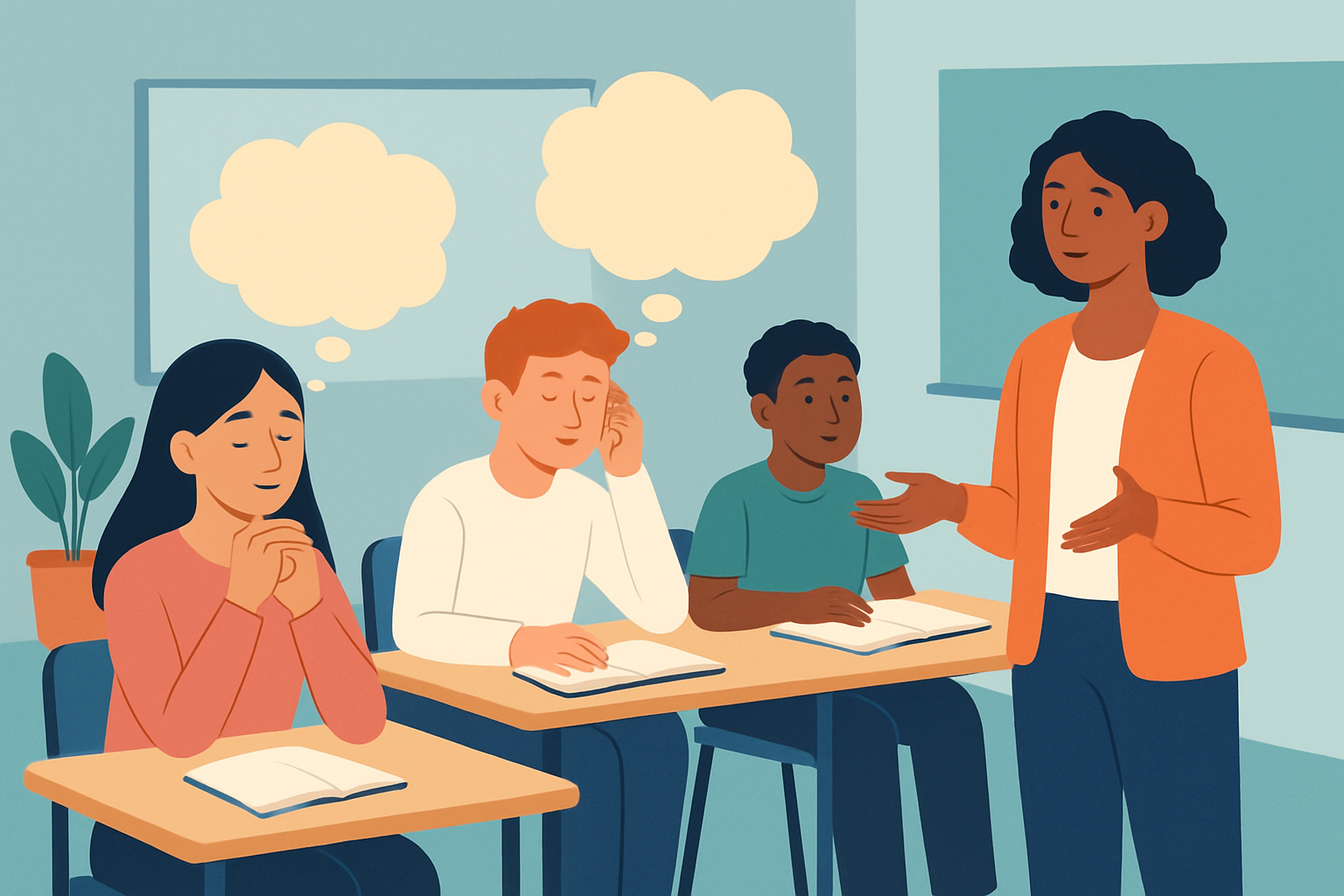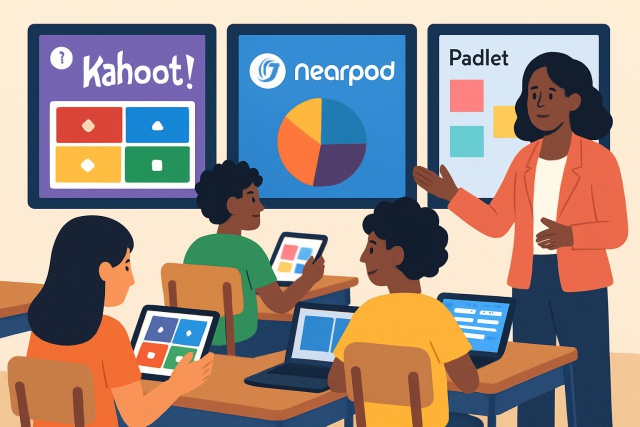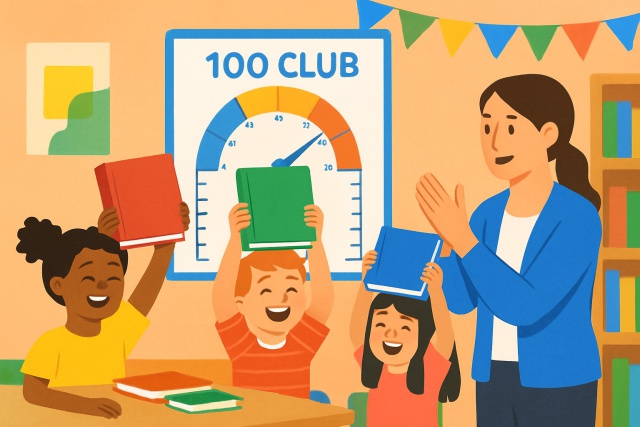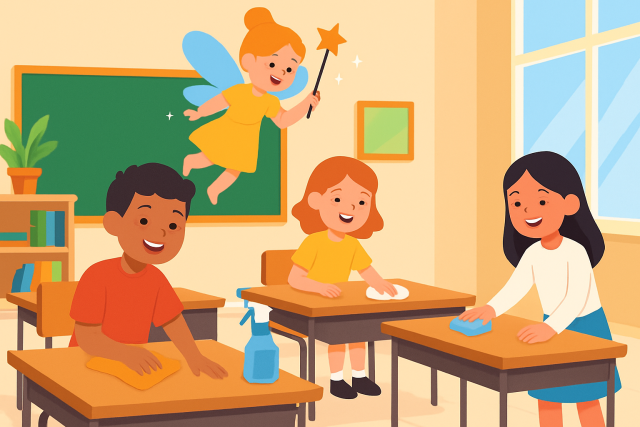Student Behavior Reflection - Questions for Growth
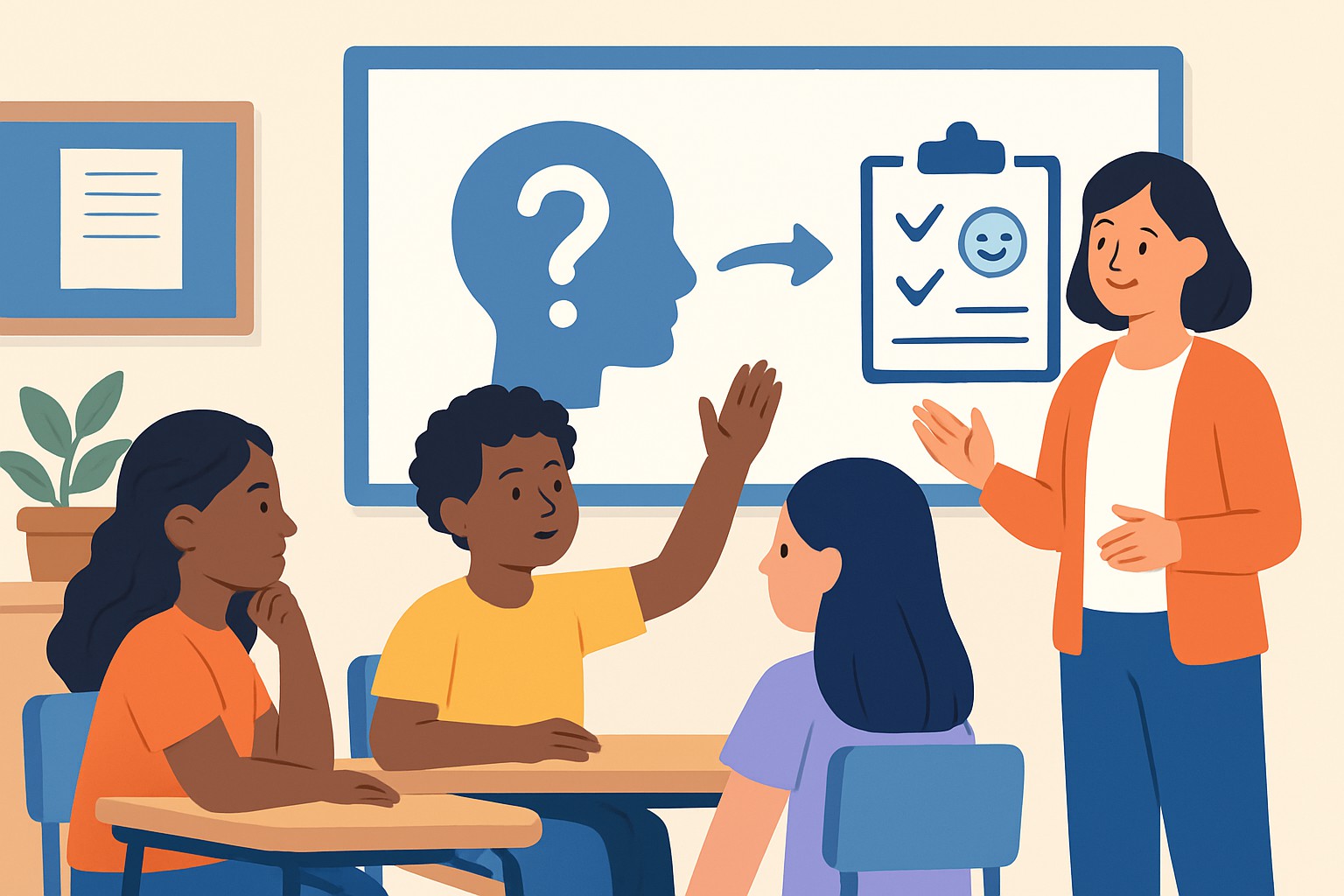
Reflecting on their behavior is a key habit that really helps students develop a deeper sense of self-awareness and personal growth through student behavior reflection. When educators gently nudge students to pause and really mull over their actions and how those impact others, they're setting the stage for behavior management that's more about prevention than playing catch-up. This kind of thoughtful reflection often opens the door to a richer understanding—not just of themselves but of the people around them.
Reflection questions are little nudges that gently push students to pause and think about their actions and choices. When faced with thoughtfully crafted prompts students often start to see how their behavior ripples out. This helps them own up to their part and grow their emotional smarts along the way. These questions offer a straightforward framework for honest self-checks and guide students beyond usual excuses into meaningful understanding and true accountability.
The Importance of Reflecting on Student Behavior
Taking a step back to really think about how students behave is more key than it might seem at first glance. It’s one of those things that, if ignored, can quietly snowball into bigger issues down the road. In my experience, pausing to reflect isn’t just a good habit—it can be the secret sauce for creating a positive learning environment where everyone feels heard and supported.
When students pause to really think about their own behavior, it often sparks the inner motivation we wish they’d find sooner. This kind of reflection shifts the spotlight away from punishment and nudges it onto personal growth instead. Plus, it’s a win for emotional control and gently steers them toward making smarter choices that usually pay off with better outcomes in their education.
- Reflection is a great tool for helping students tune into themselves and recognize their emotions and what sets them off.
- It usually gives empathy a nice boost by encouraging students to step outside their own shoes and see things from different angles.
- When students take the time to reflect they often become sharper decision-makers who weigh possible outcomes more thoughtfully.
- Regular reflection deepens the connection between students and teachers and builds trust which opens the door to honest conversations.
- When students make a habit of reflecting on their behavior it often sparks lasting improvements not just in their actions but in the whole vibe of the classroom.
Key Types of Reflection Questions That Really Help Students Grow in Their Behavior
Effective reflection questions usually zoom in on specific facets of student behavior and mindset. They typically come with prompts that gently nudge students to tune into their emotions and take a closer look at what actions they took. They also help students mull over the outcomes and map out smarter moves for the future.
Emotional Insight: Invite students to share their feelings about what happened. It’s a great way to start understanding the whole picture.
Action Analysis: Help students take a thoughtful look at what they did and why. Peel back the layers like a detective on a case.
Consequence Understanding: Highlight the ripple effects of their actions and focus on how others were impacted because every choice sends out waves.
Future Planning: Nudge students to think about the paths they could take next time a similar situation arises. This makes room for a fresh game plan.
Empathy Building: Encourage students to pause and step into others’ shoes to feel how someone else might have experienced the whole thing.
Examples of Thoughtful Questions That Gently Nudge You to Reflect
Reflection questions carefully crafted to address common behavioral hiccups we often see in classrooms. They’re tailored for a bunch of different situations, giving students a real chance to pause and think deeply.
| Behavioral Category | Reflection Question | Intended Outcome | Sample Follow-up Prompt |
|---|---|---|---|
| Disruptive Behavior | What do you think set off your actions in class today? | Helps spot those pesky triggers and choices | If a similar thing happens again, how might you handle it differently? |
| Incomplete Assignments | What got in the way of finishing your work this time? | Encourages digging into the challenges | What kind of support do you think would really help next time? |
| Peer Conflicts | How do you feel your words affected your classmate? | Builds empathy and a sense of responsibility | What could you say or do to mend the relationship? |
| Unpreparedness | How did coming unprepared impact your learning today? | Promotes owning personal responsibility | What steps can you take to come better prepared next time? |
| Rule Violations | Which rules did you break, and what was going on for you? | Raises awareness of limits and expectations | How will you make sure it doesn’t happen again? |
Tweaking reflection questions to fit the developmental stage and context of your students usually does the trick when it comes to boosting their engagement and making those questions actually hit home. Younger kids tend to click better with straightforward no-nonsense language. Older students can generally handle more abstract introspective prompts without breaking a sweat.
Approaches for Effectively Implementing Student Behavior Reflection That Actually Work
Adding reflection questions to daily classroom routines and discipline takes a bit of thoughtful planning—it's not just about tossing them in willy-nilly. When reflection turns into a regular habit rather than something reserved only for after misbehavior, it really helps students grow on a personal level and keeps them accountable in the long run.
Introduce reflection gently after an incident and give students a little breathing room to process things before jumping in with their responses.
Use encouraging language that invites curiosity and exploration rather than judgment and help create a genuinely safe space for open dialogue.
Encourage students to share their reflections privately through writing or small supportive group chats where they feel comfortable being themselves.
Foster honesty by being willing to show your own cracks and focus on growth instead of punishment. It’s amazing how much that little vulnerability can shift the whole dynamic.
Offer constructive feedback that not only nods to their effort but points them toward clear and doable next steps so improvement doesn’t feel like climbing an impossible mountain.
Creating a classroom vibe where openness and growth are not just buzzwords but genuinely treasured makes a world of difference for meaningful reflection. When students feel that respect and support are genuinely flowing their way, they naturally dive deeper into reflective activities.
Typical Challenges and a Few Tried-and-True Ways to Tackle Them
While student behavior reflection definitely has its benefits, it often faces hurdles like students pushing back or engagement levels dipping or responses feeling surface-level.
- Students often get a bit defensive because they worry about being judged. It is a natural reaction, really.
- Busy classrooms tend to leave barely any breathing room for students to slow down and truly reflect.
- Cultural backgrounds help form how students approach and engage with reflection, sometimes in surprising ways.
- Students might start to shrug reflections off as less important if they aren’t consistently followed up on, which is a shame.
- Vague or overly complicated questions throw students off track, leading them to lose interest before they even get started.
Overcoming these challenges usually means rewording questions in simpler language, using clear examples and tying reflection back to students' everyday experiences. This approach helps build trust and makes reflection feel genuinely relevant.
Making the Most of What’s Out There
Digital platforms like online journals and behavior tracking apps offer fresh and practical ways for students to pause and reflect. These tools usually come with thoughtfully structured prompts and give students the choice to jot down their thoughts privately or proudly share progress with their teachers. From a teacher’s perspective, such platforms are a bit like having a helpful assistant—they make it easier to keep an eye on individual growth and fine-tune support where it’s needed most. Plus, using tech encourages regular reflection without eating up too much precious class time.
Quick Reflection Activities to Get Everyone Rolling Right from the Get-Go
Using simple, low-pressure reflection activities every day can really help students build self-awareness and a sense of responsibility.
Silent journaling where students take five quiet minutes to jot down whatever's on their mind—feelings or actions—is like a little mental pit stop.
Peer reflection partners exchange feedback thoughtfully and respectfully to make sure everyone feels heard without the sting.
Think-pair-share discussions give students room to mull things over solo, then bounce ideas off a partner and finally share with the whole class—a neat way to warm up those reflective muscles.
Reflection worksheets have laser-focused questions tailored to recent behavior incidents to keep the reflection grounded and meaningful.
Role-playing scenarios provide a safe playground to try different reactions and build empathy along the way.
Carving out little pockets of time for student behavior reflection really helps keep students tuned in without swamping them.


